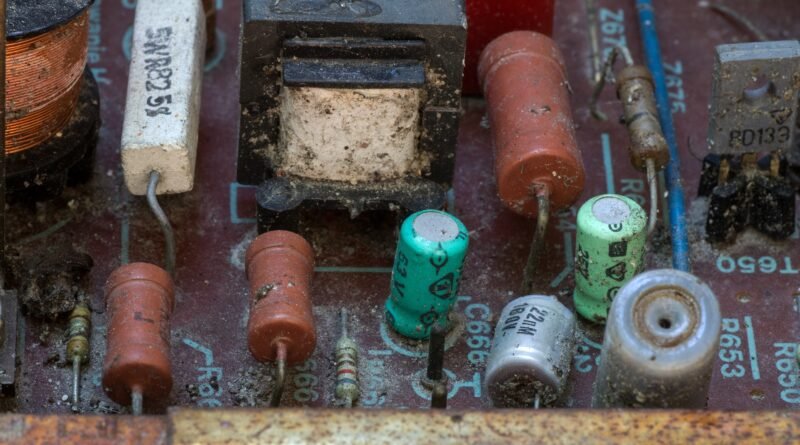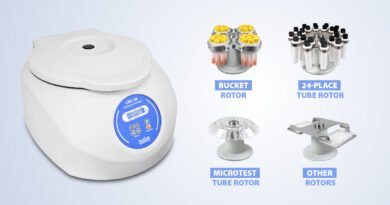COLLABORATIVE APPROACH TO TACKLE E-WASTE
Electronic waste, or “e-waste”, is one of the world’s fastest-growing environmental challenges. In 2019, just 20 percent of the 54 million tonnes of e-waste generated globally was recycled. Much of the waste produced from discarded electronic devices includes substances like heavy metals, plastics and other materials that do not decompose, reminds Springwise.
In Europe, the majority of e-waste is regulated by the WEEE Directive (2012/19/EU). This regulation is in force in the European Union and in Norway. The WEEE Directive set collection, recycling, reuse, and recovery targets for all six categories of e-waste. From 2018 onwards, article 7 of the WEEE Directive states that the minimum collection rate to be achieved annually by a member state shall be either 65% of the average weight of EEE POM in the three preceding years or 85% of e-waste generated on the territory of a member state in 2018. The range of collected e-waste is visà-vis to what has been put on market, only Estonia (82%) and Bulgaria (79%) are above the legally binding 65% target.
Bulgaria, the Czech Republic, Latvia, Lithuania, Hungary, Malta, Poland, Romania, Slovenia, and Slovakia may have the option to remove themselves from this regulation by 2021 because of their relatively low level of EEE consumption. The latest developments in the implementation of the WEEE Directive are the introduction of the open scope and newly specified reporting guidelines, reviews The Global E-waste Monitor 2020. With regard to e-waste statistics, the most important decisions are calculation methods for preparation of reuse, exports of e-waste, the e-waste generated methodology, and the reporting categories.
Preparation for reuse is defined as the weight of whole appliances that have become waste and of components of e-waste that, following checking, cleaning, or repairing operations, can be reused without any further sorting or preprocessing. It also contains a decision on the registration of e-waste exports. Where e-waste is sent for treatment in another member state or exported for treatment in a third country in accordance with Article 10 of Directive 2012/19/EU, only the member state that has collected and sent or exported the e-waste for treatment may count it towards the minimum recovery targets referred. Also, member states have to report the data on the weight of e-waste generated.
In 2019, Lithuania generated 34 kilotons of e-waste, which is 12.3 kg per capita. 13 kilotons were recycled.Latvia generated only 20 kilotons in 2019, accordingly 10,6 kg per capita. Almost half (9,3 kt) of e-waste were recycled. Estonia generated even less than Latvia, 17 kilotones of e-waste in 2019, which is 13,1 kg per capita.
The startup outside Europe, called Karo Sambhav, was created to confront the e-waste issue head-on. Startup brings together manufacturers, distributors, and recyclers to coordinate their recycling efforts. Indian company works with producers and brands to implement their Extended Producer Responsibility (EPR) programme.
In order to document and track e-waste shipments responsibly through the recycling process, the startup team uses data services provided by Microsoft’s Azure Cloud Services, such as image recognition. The company has also worked hard to build trust with scrap merchants and now collaborates with hundreds of companies and government institutions, as well as thousands of informal sector waste aggregators and repair shops. This has also helped to improve business for collectors and recyclers, who are given assistance to comply with tax registrations and keep on top of paperwork.
Karo Sambhav’s ultimate mission is to build an efficient circular economy for e-waste. The company’s founder, Pranshu Singhal, established Karo Sambhav as a sustainability “movement”, explaining that “the whole ecosystem, right from collection channels to dismantling and recycling companies to organizations that utilize secondary materials for new product creation, has to collaborate. Only then can we solve the problem at scale, because it is not possible to tackle this problem alone.”




